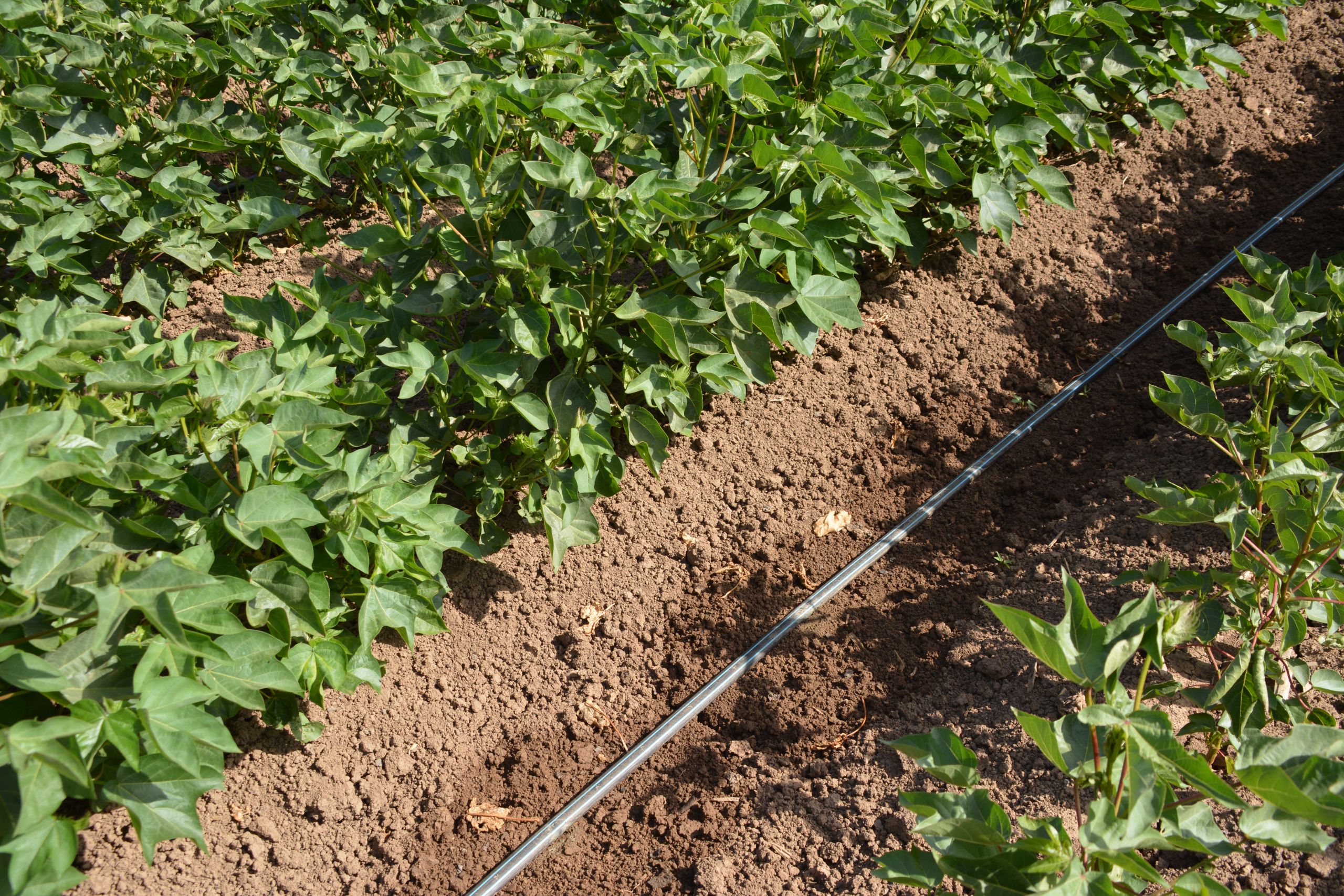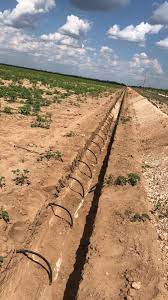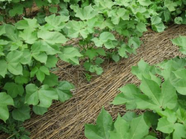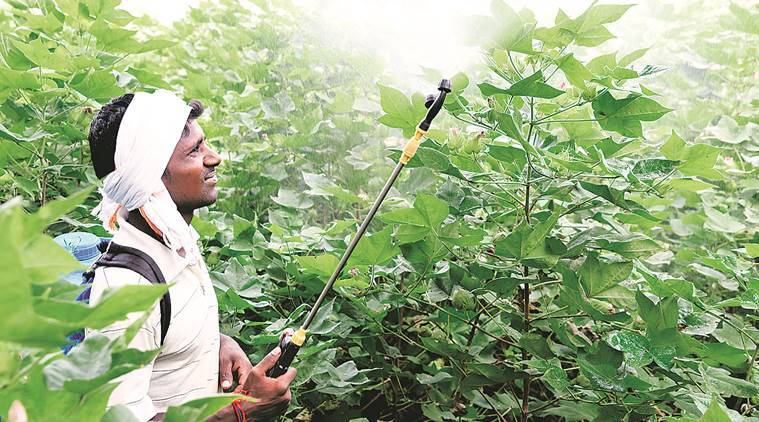Sustainable Practices
WHAT DOES SUSTAINABLE AGRICULTURE PRACTICES MEANS ?
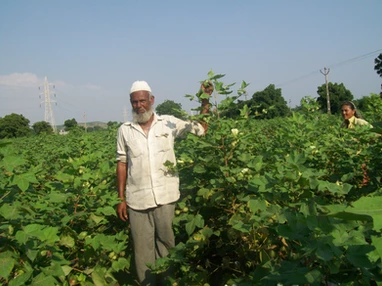
Sustainable agriculture can be understood as an ecosystem approach to agriculture. Practices that can cause long-term damage to soil include excessive tilling of the soil (leading to erosion) and irrigation without adequate drainage (leading to salinisation). Long-term experiments have provided some of the best data on how various practices affect soil properties essential to sustainability.
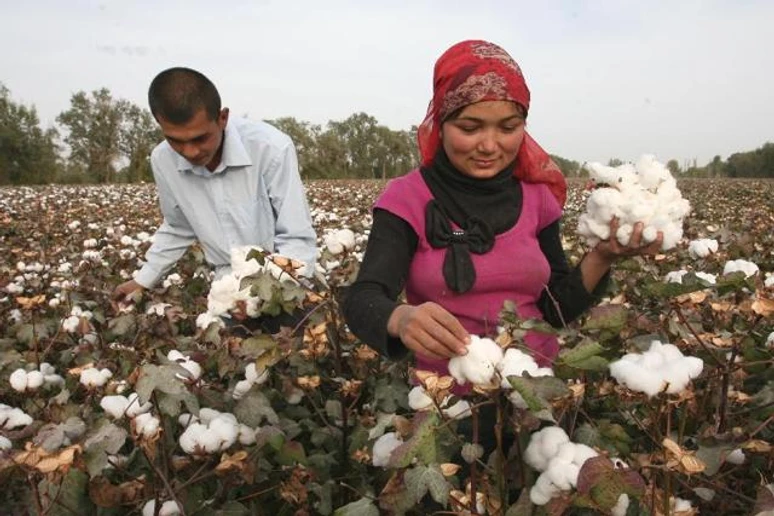
The most important factors for an individual site are climate, soil, nutrients, and water. Of the four, water and soil quality and quantity are most amenable to human intervention through time and labor. When farmers grow and harvest crops, they remove some nutrients from the soil. Without replenishment, land suffers from nutrient depletion and becomes either unusable or suffers from reduced yields.
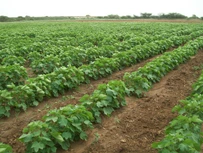
Sustainable farming is a growing practice that is vital to the health and welfare of our planet. While modern industrial agriculture is highly productive and can produce a massive amount of plants within a harvest season, it also introduces many damaging and long-term problems that can only be solved through sustainable practices.
Land Preparation
LAND LEVELLING
Land levelling is a process of flattening or modifying existing slopes or undulations rather than necessarily creating a level surface as the name may imply.
Benefits:
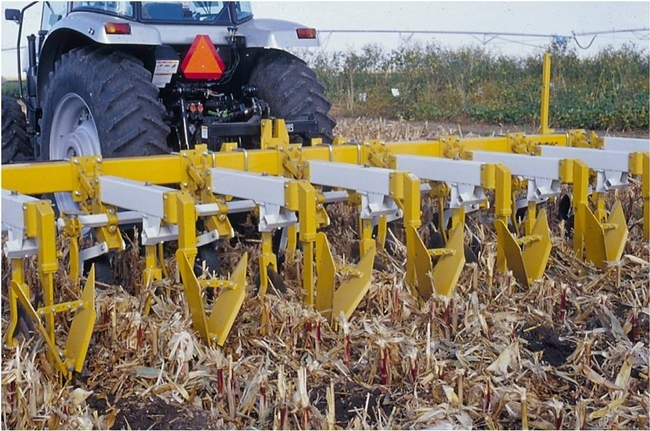
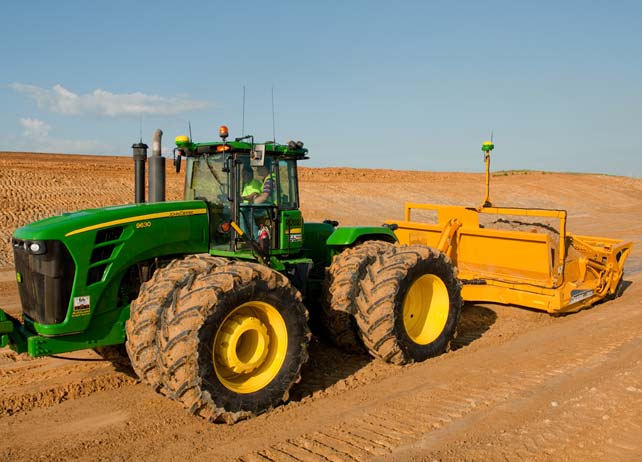
CONSERVATION TILAGE
Conservation tillage is a practice of reducing soil disturbance and allowing crop residue or stubble to remain on the ground or to be incorporated into the soil. Conservation tillage is any tillage practice that retains enough of the previous crop residue, such that 30 percent of the soil is covered after planting
Benefits:
Planting Stage
Growing Stage
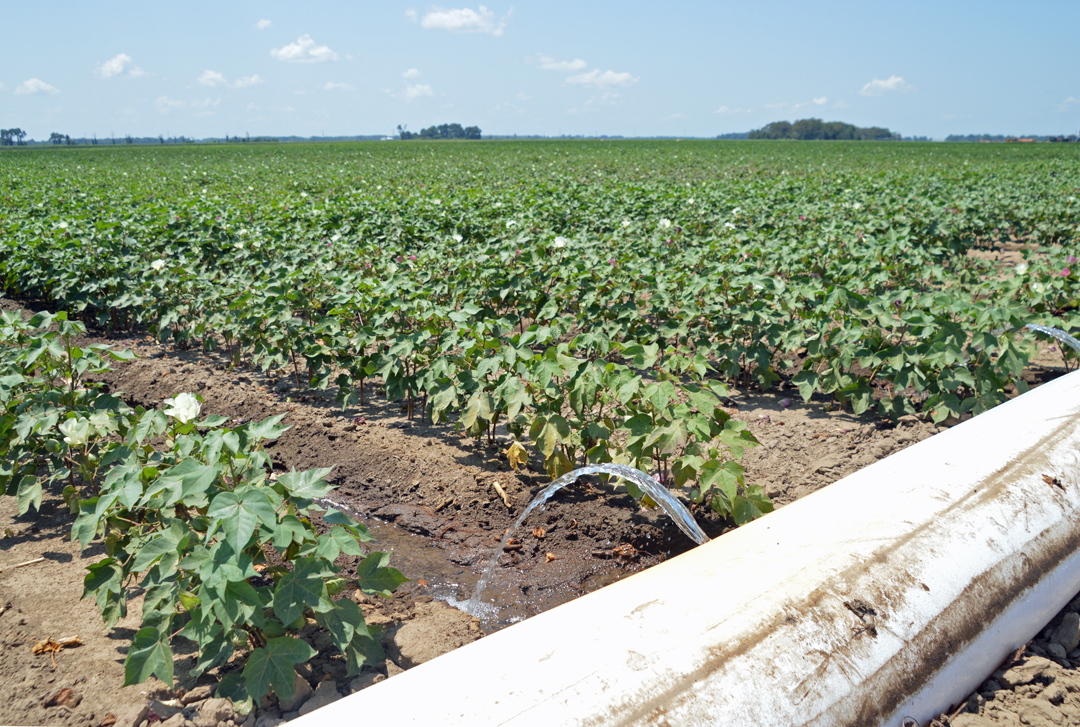
01
Surface Flooding
Fresh water is taken out of a river, lake or reservoir and transported through an open canal system to the farm field and applied as a sheet of water with the help of gravity to spread over the land. Losses of fresh water occur through evaporation, seepage and inefficient water management.
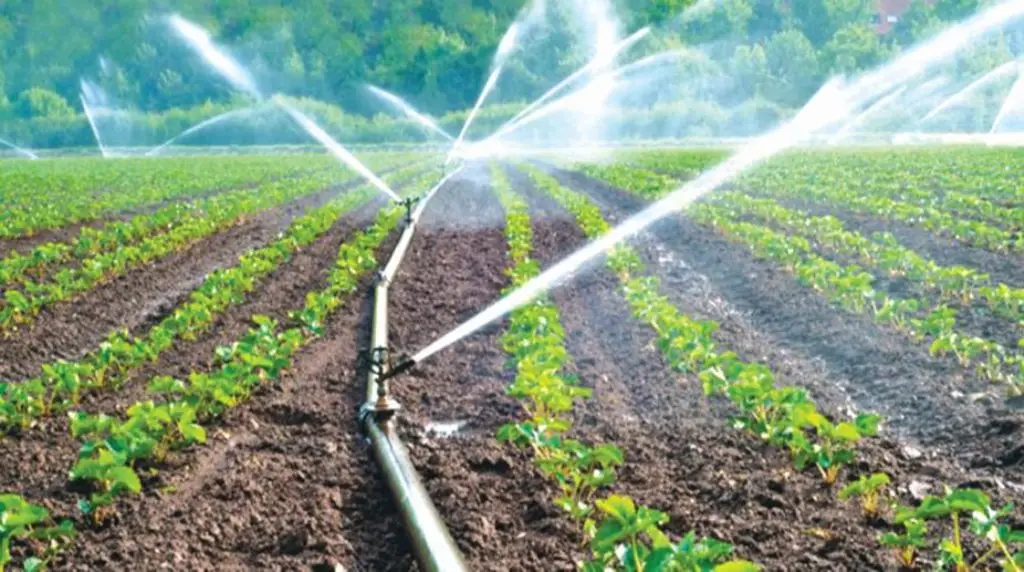
02
Sprinkler Irrigation
Sprinkler irrigation is a method of applying irrigation water that mimics natural rainfall. Water is distributed through a system of pipes usually by pumping. It is then sprayed into the air through sprinklers so that it breaks up into small water drops that fall to the ground.

03
Furrow Irrigation
Furrow irrigation is a type of surface irrigation in which water is released into the furrows, often using gravity, and it seeps vertically and horizontally to enrich the soil moisture. Alternate furrow irrigation results in a reduction of water application, without significantly affecting yield and tmore efficient water use.
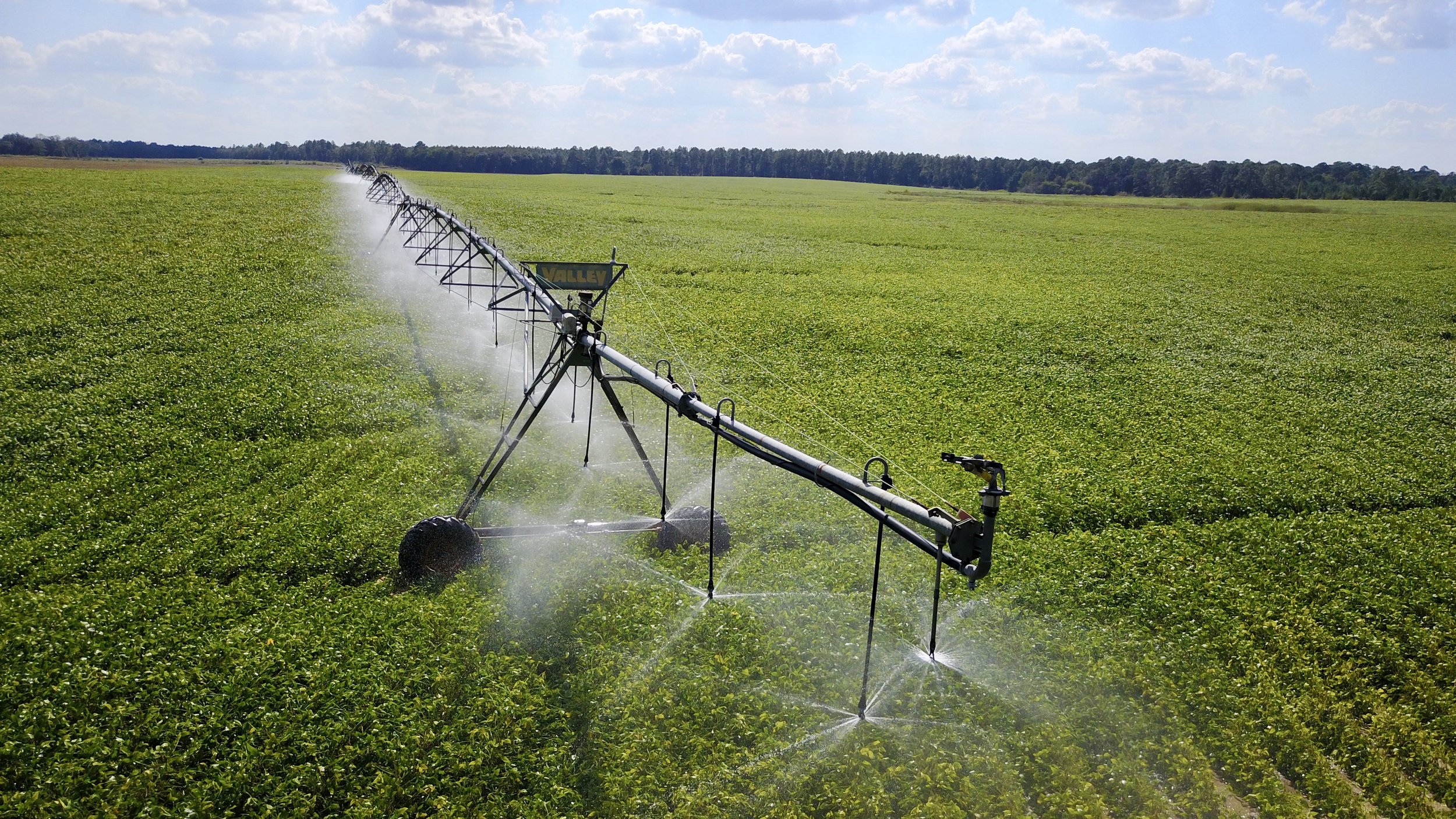
06
Full Irrigation
The simplest irrigation strategy is full irrigation, i.e., irrigate to meet the full evapotranspiration needs of the plant throughout the growing season. When insufficient water is available for irrigation, a farmer can either opt for a partial irrigation to all his crop lands, or irrigate only a portion of the farm field.
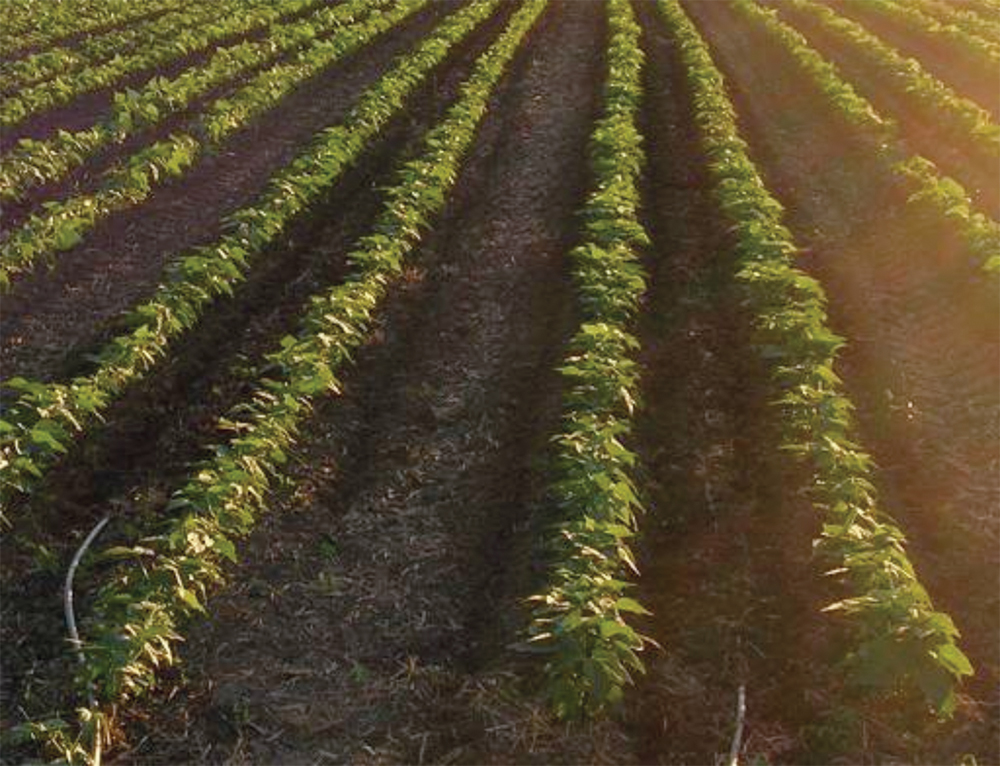
07
Supplemental Irrigation
Supplemental irrigation is the application of water at critical growth stages where rainfall is not adequate to support the full plant growth. Provision of supplemental irrigation if the monsoon is delayed and at flowering and boll formation, can result in higher yields than the rainfed system.
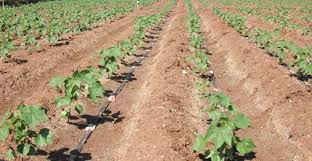
08
Deficit Irrigation
Deficit irrigation is the practice of applying less water than the full crop water requirements. Cotton can be grown under controlled water stress (deficit irrigation) without severe negative impacts on its yield and sometimes with an improvement in the quality of cotton fibre.
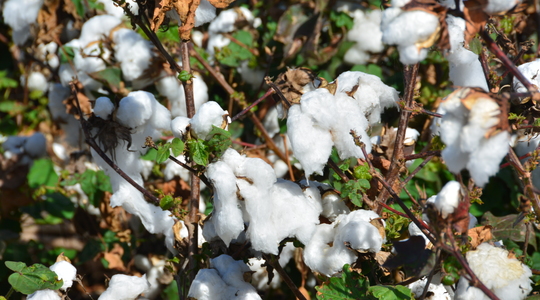
10
Nutrient Management
Nitrogen, Phosphorus, Potassium and other micro-nutrients must be available to plants during different growth stages to ensure optimal yields. These can come from synthetic or organic sources.. Measuring soil fertility will avoid excessive or improper timing of application of nutrients.
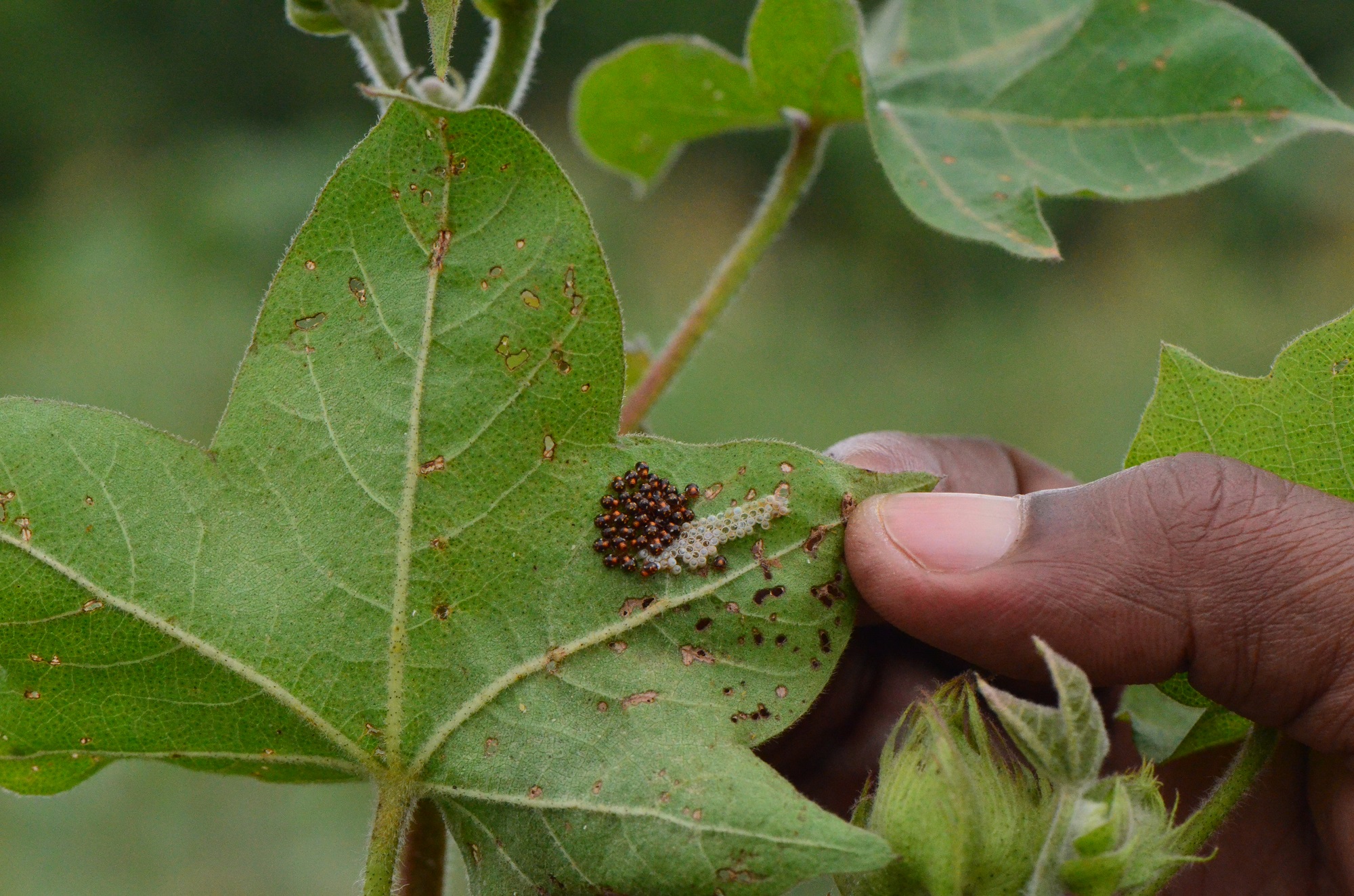
11
Pest Management
Preserving and enhancing populations of beneficial organisms. Prevention of pest population build-up. Ensuring a healthy crop that can withstand some degree of damage. Regular monitoring of the crop for pests, beneficial insects and crop damage. Managing the crop to early maturity to reduce the length of time the crop is exposed to pests.
